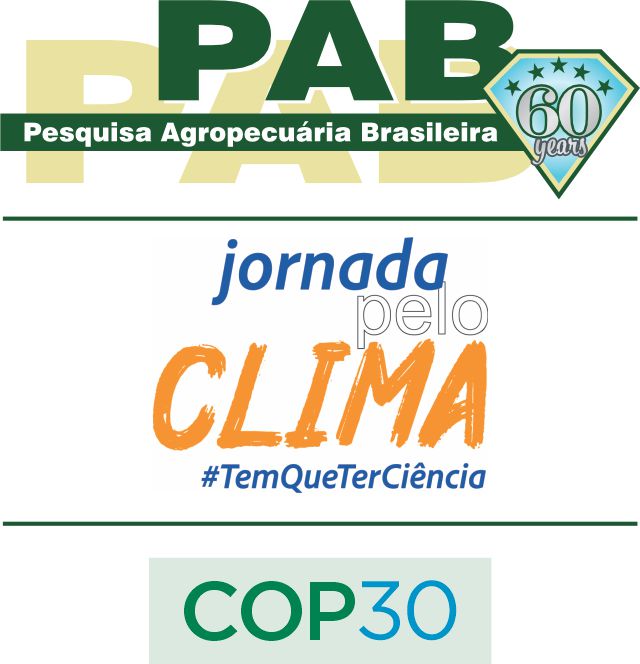Feeding, oviposition, and antibiosis of Paraselenis flava in sweet potato
Keywords:
Ipomoea batatas, Paraselenis flava, antixenosis, plant breeding, leaf-eating insectsAbstract
The objective of this work was to evaluate the feeding, oviposition, and antibiosis of Paraselenis flava on sweet potato. The experiment had two phases, as follows: the first one was a choice test by which the insect had access to all genotypes; the second one was a no choice test. In the first phase, 15 genotypes were evaluated and divided into three flesh color groups; and three commercial genotypes were used as control treatments. The six least-preferred genotypes by the insect were subjected to the no choice test. All tests were performed in a laboratory under controlled conditions. The percentage of defoliation, number of adults, and oviposition were evaluated. Chemical compounds and leaf trichomes were quantified 90 days after planting. The insect caused defoliation in all sweet potato genotypes. It did not laid eggs on the white flesh LI-17, C-12, and LI-04, or on the orange flesh C-14 and U2-05, or the purple flesh U2-10, F-21, U1-15, and U2-12, or on the 'Luiza' genotype. The phenolic compounds, total flavonoids, total sugars, and leaf trichomes varied among genotypes. Although the genotypes vary for chemical compounds and leaf trichomes, there is no correlation between these factors and the resistance to P. flava.


